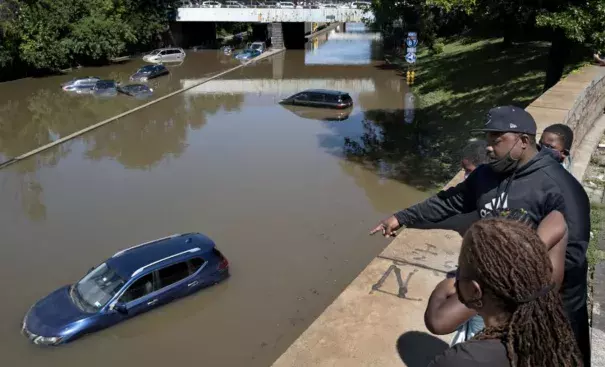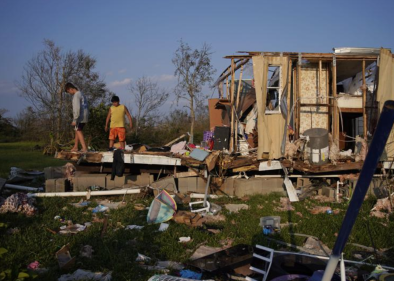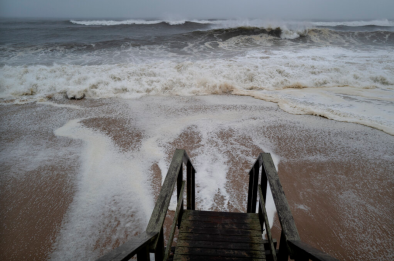Ida's Disparate Devastation Continues To Be Revealed

The magnitude of Ida's devastation across the northeastern U.S. became clearer on Sep. 2, as the impacts of climate change revealed and exacerbated existing societal inequities. At least 46 people were reported dead as of Sep. 3 from Maryland to Connecticut, with the vast majority of those drowning in their homes or cars under the — in many places — unprecedented deluge of rain.
Climate change caused by the extraction and combustion of fossil fuels is making extreme precipitation events worse and more frequent. The storm dropped 3-4 inches per hour from eastern Pennsylvania to southwest Connecticut — rates so extreme they essentially negate any difference between soil and paved surfaces and essentially all the rain becomes streamflow. At least 11 in New York City drowned in their basement apartments, highlighting the dangers of illegal basement apartments in the city. More than 800 people were rescued from flooding subways. About 1,300 miles away in Independence, Louisiana, four nursing home residents died after being 'housed' in a remote warehouse after being evacuated ahead of the hurricane.
The storm, like Katrina, hit at the end of the month, when those who rely on retirement or government assistance have exhausted their financial resources. The dangers are worst for those experiencing homelessness and otherwise unable to evacuate, like Angelique and Wilfred Hebert who walked 15 miles to try to catch an evacuation bus but missed it and were forced to ride out the storm by a concrete pillar under a bridge. “It was the most terrifying thing I’ve ever been through,” Angelique told the AP.
(AP, New York Times $, Washington Post $; Rain: Yale Climate Connections, E&E News, The Conversation; Basement apartments: New York Times $, New York Times $; Subway system & rescues: CNN, Climate Home, Gizmodo; Nursing home: NOLA.com, NOLA.com, NOLA.com, NOLA.com, AP, CNN; Unhoused people: (AP; Climate Signals background: Extreme precipitation increase)
Related Content





